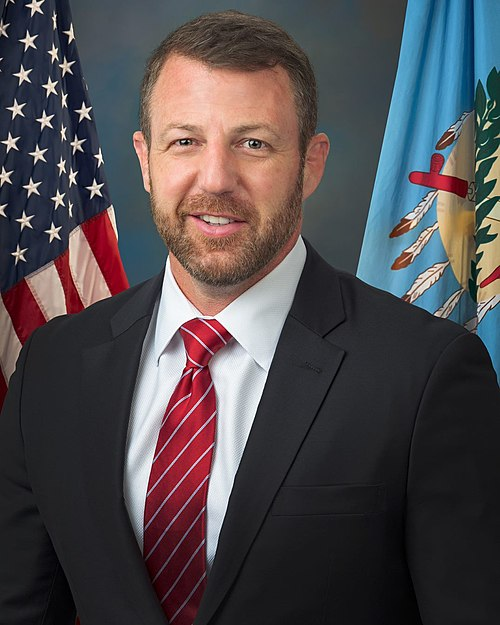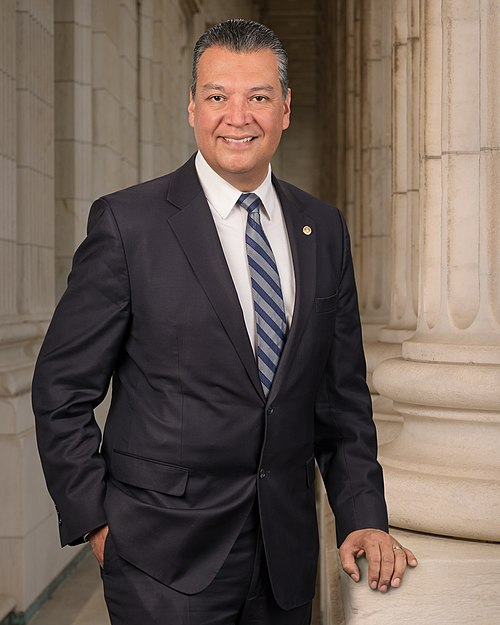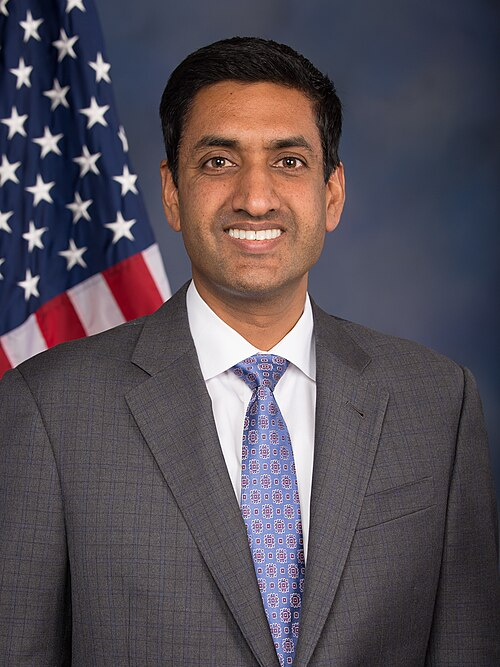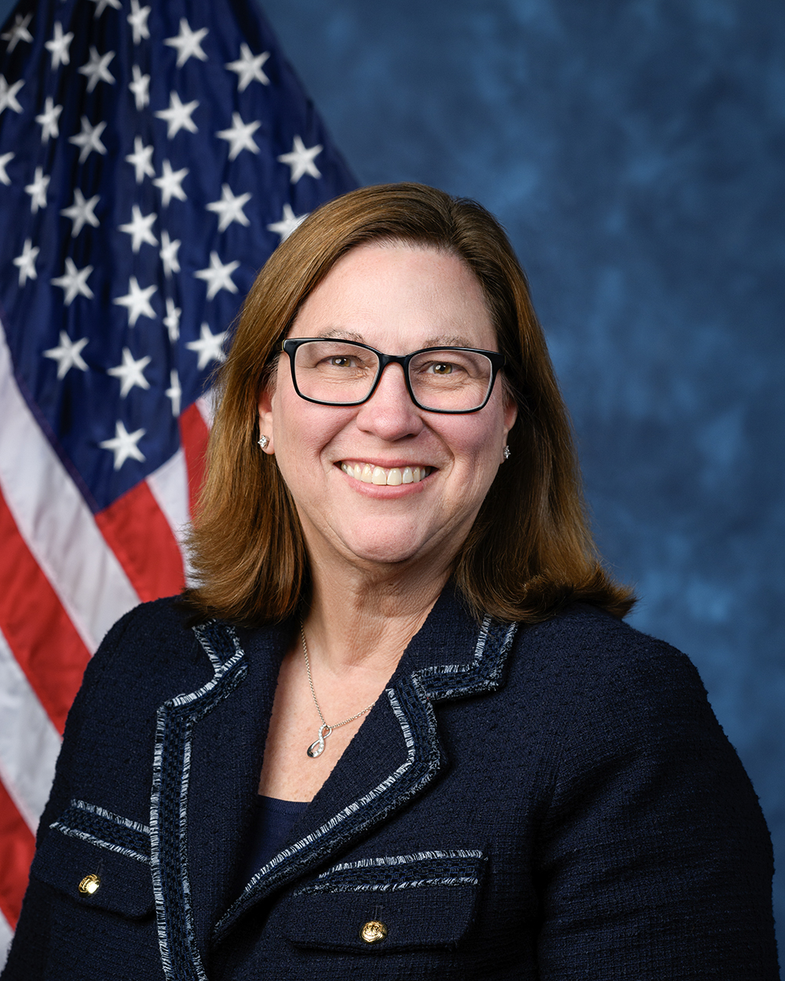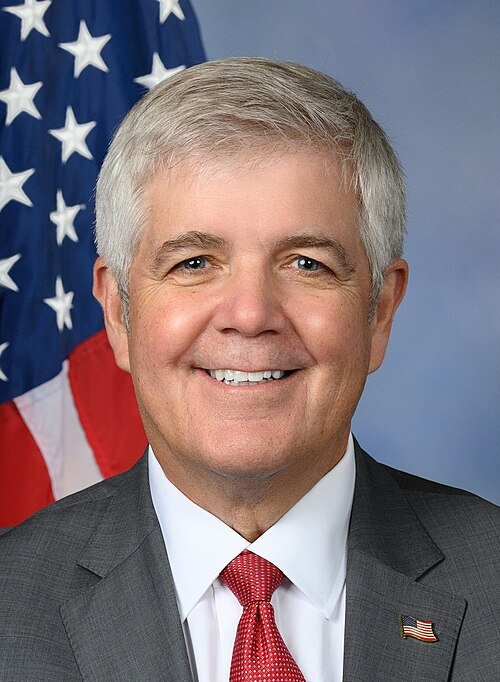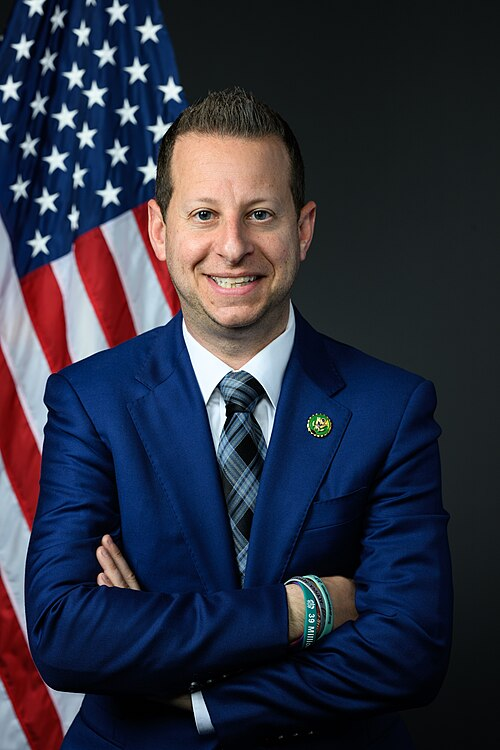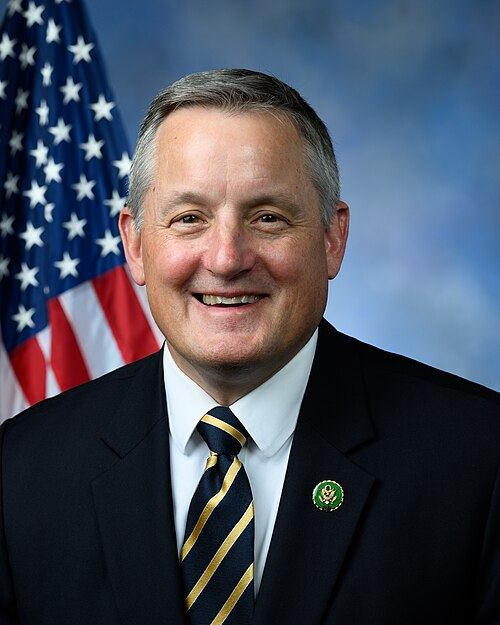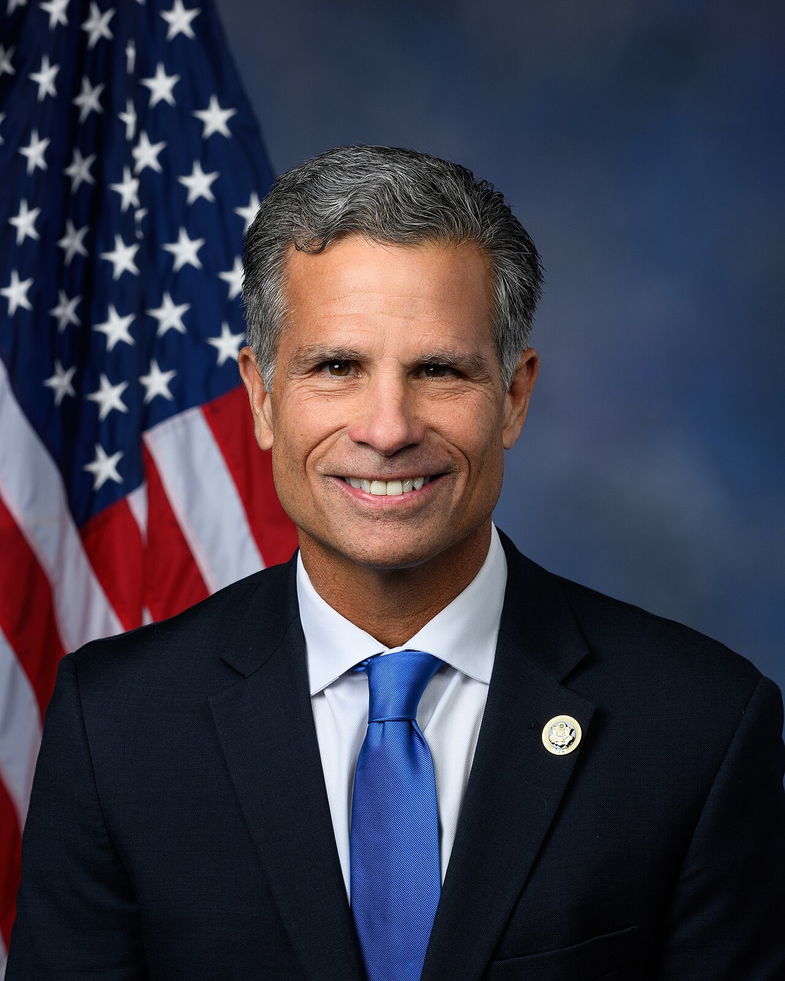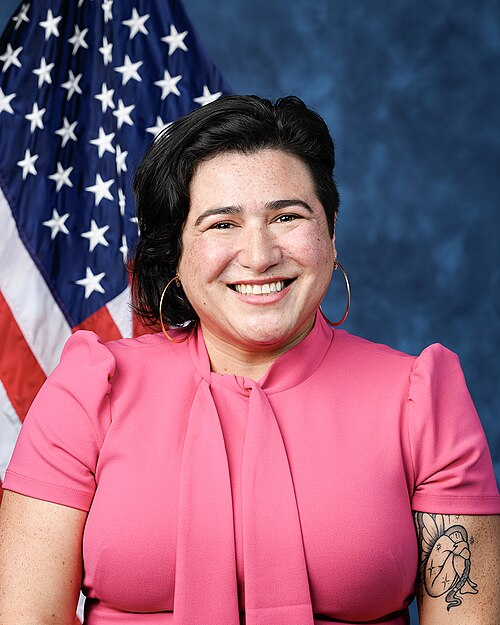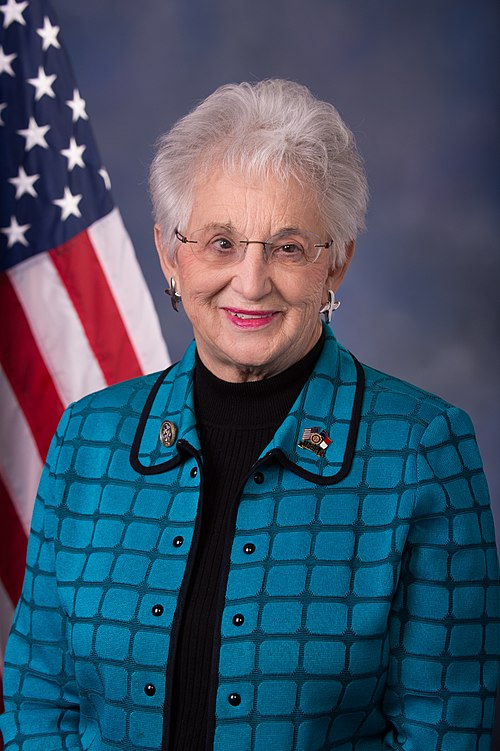S. 1248: Ensuring Access to Specialty Care Everywhere Act
The bill titled "Ensuring Access to Specialty Care Everywhere Act" seeks to enhance access to specialty health services for certain Medicare and Medicaid beneficiaries, particularly those living in rural or underserved areas. The primary focus of the bill is to improve healthcare delivery through the use of digital technologies, such as telehealth.
Key Provisions
- Testing a New Model: The bill requires the Center for Medicare and Medicaid Innovation to test a new model known as the "Specialty Health Care Services Access Model." This model aims to provide specialty healthcare services through digital means while coordinating with primary care providers.
- Provider Network Requirements: The bill specifies that the Secretary of Health and Human Services will select provider networks to offer these services. The networks must meet certain criteria, including:
- Containing at least 50 specified types of healthcare providers (like Federally qualified health centers and critical access hospitals), with half located in rural regions.
- Being a nonprofit organization.
- Having a track record of supporting healthcare delivery in rural and underserved areas.
- Being capable of data collection and evaluation needed for the model's success.
- Eligibility Criteria: To qualify for services under this model, individuals must be:
- Medicare beneficiaries (entitled to benefits under part A or enrolled under part B).
- Enrolled in Medicaid or the Children's Health Insurance Program and meet specific eligibility criteria.
- Residing in a rural or underserved area as defined by the Secretary.
- Funding Limitations: Any funding for the programs related to this bill must adhere to the requirements set forth in specified public laws concerning federal health programs.
Objectives
The primary objective of this bill is to ensure that individuals in rural or underserved areas have better access to specialty healthcare services through innovative methods like telehealth, thus improving health outcomes and reducing barriers to care.
Expected Outcomes
The legislation aims to create a more integrated healthcare delivery system that allows patients to receive specialized care more efficiently, addressing gaps in access that are prevalent in less populated areas. The model is expected to facilitate collaborations between specialists and primary care providers, enhancing the overall healthcare experience for eligible beneficiaries.
Relevant Companies
- AMGN (Amgen Inc.): As a biopharmaceutical company, Amgen may be directly impacted by changes in accessibility to specialty services and potential shifts in prescription patterns due to increased telehealth usage.
- MDT (Medtronic PLC): As a manufacturer of medical devices, Medtronic could see an increased demand for its products as telehealth services expand, allowing more patients to access specialty treatments remotely.
This is an AI-generated summary of the bill text. There may be mistakes.
Sponsors
3 bill sponsors
Actions
2 actions
| Date | Action |
|---|---|
| Apr. 02, 2025 | Introduced in Senate |
| Apr. 02, 2025 | Read twice and referred to the Committee on Finance. |
Corporate Lobbying
0 companies lobbying
None found.
* Note that there can be significant delays in lobbying disclosures, and our data may be incomplete.
